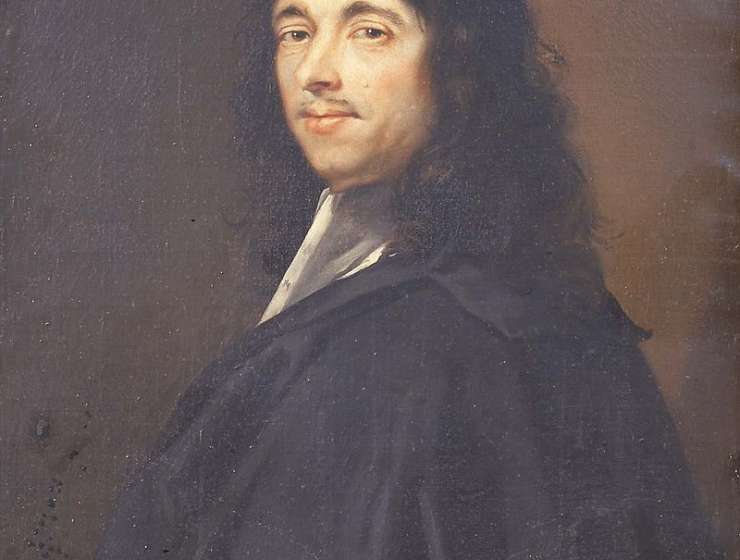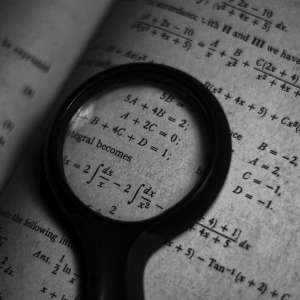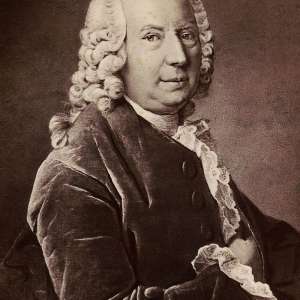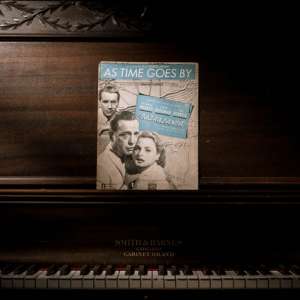
Fermat wrote his Last Theorem, the Holy Grail of higher mathematics, in the margin of his copy of a text by a Greek mathematician of the third century AD, Diophantus, next to a discussion about splitting a squared number into two squares. ‘It is impossible,’ he wrote, ‘for a cube to be written as the sum of two cubes or a fourth power to be written as the sum of two fourth powers or, in general, for any number which is a power greater than the second to be written as the sum of two like powers.’ Annoyingly and characteristically, he added that he had discovered ‘a wonderful proof’ of this proposition, but the margin was not big enough for him to write it in.
Mathematicians performed prodigies of mental gymnastics in quest of the proof, until at Cambridge University in 1993, Professor Andrew Wiles, an English academic at Princeton, ended a brilliant course of lectures at the Newton Institute for Mathematical Sciences with his proof of Fermat’s Last Theorem and said, ‘I think I’ll stop here.’ The distinguished audience, which had been expecting something of the sort, burst into applause and the press announced the discovery to the world. After some consternation, when the proof turned out to be wrong and had to be amended, it was finally published in the journal Annals of Mathematics in 1995, more than 300 years after Fermat’s death.










































